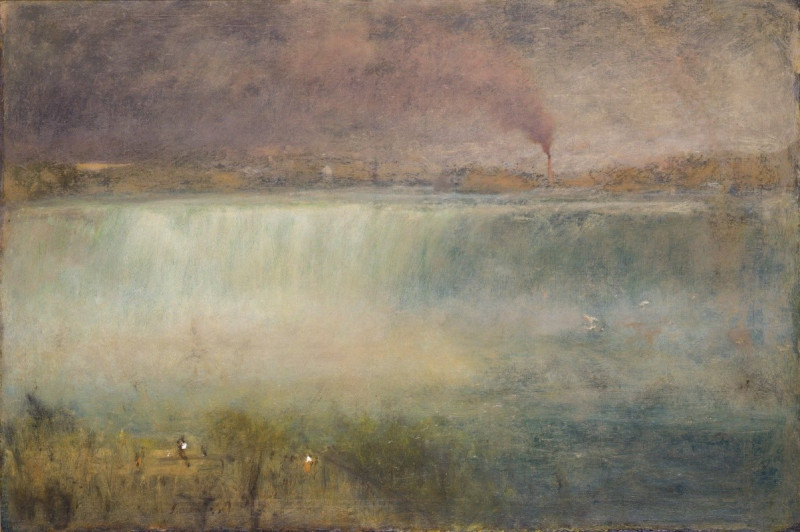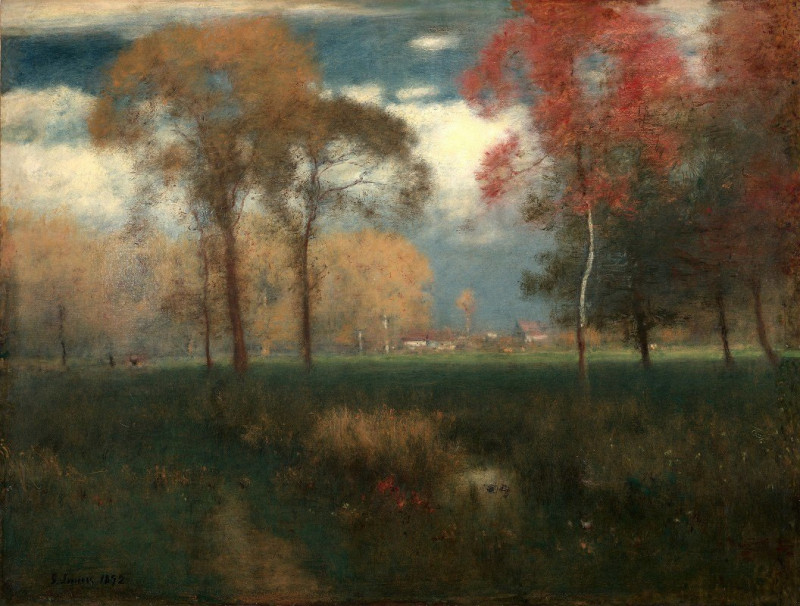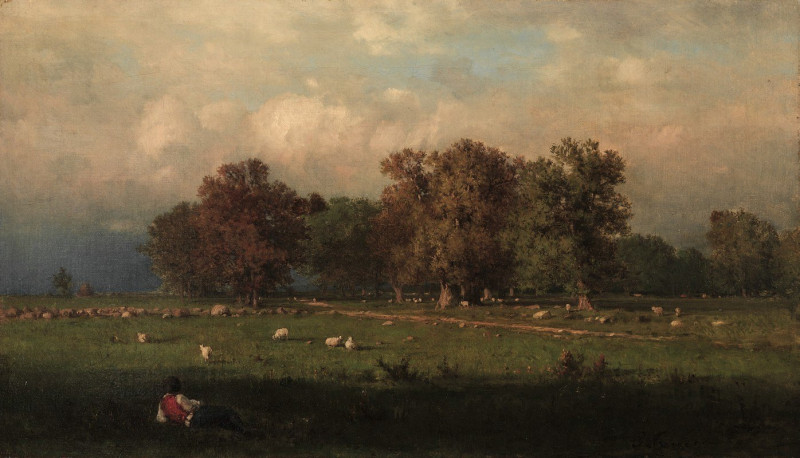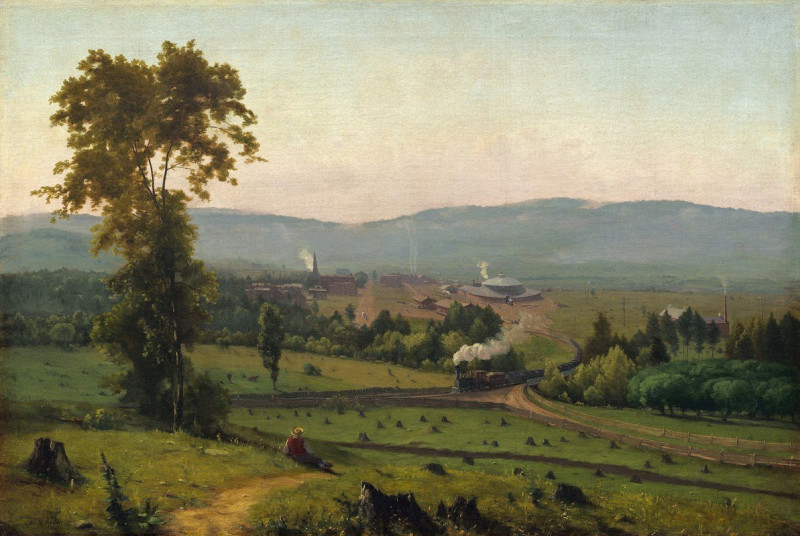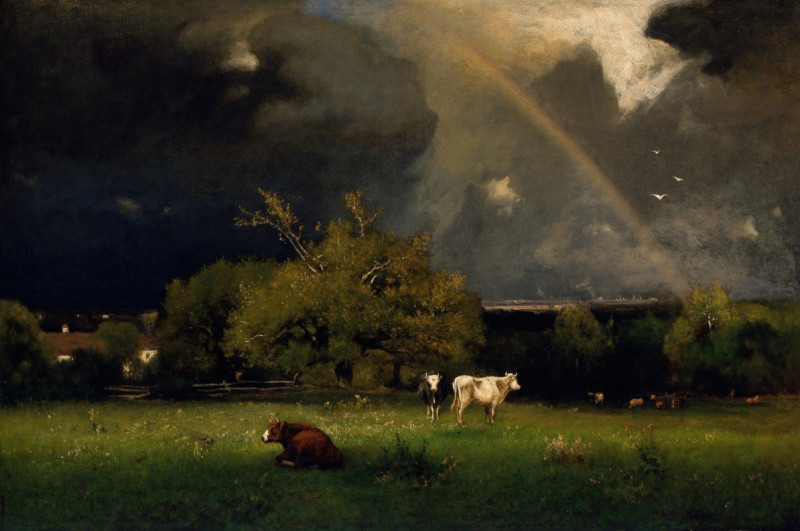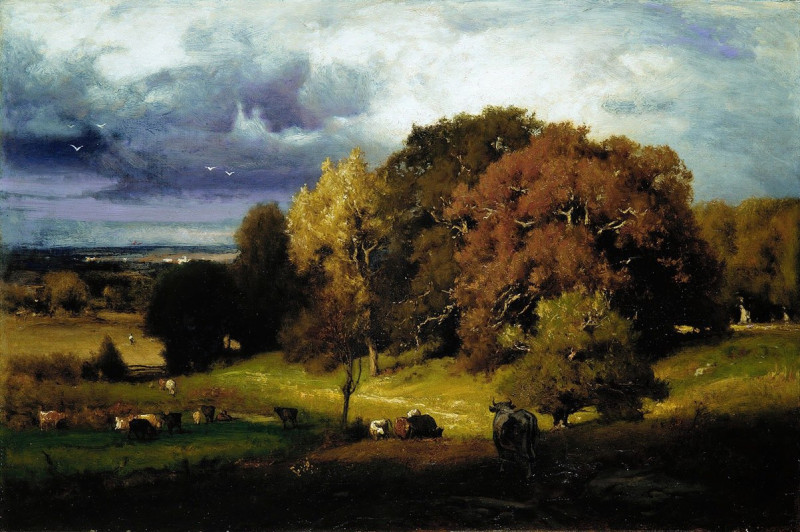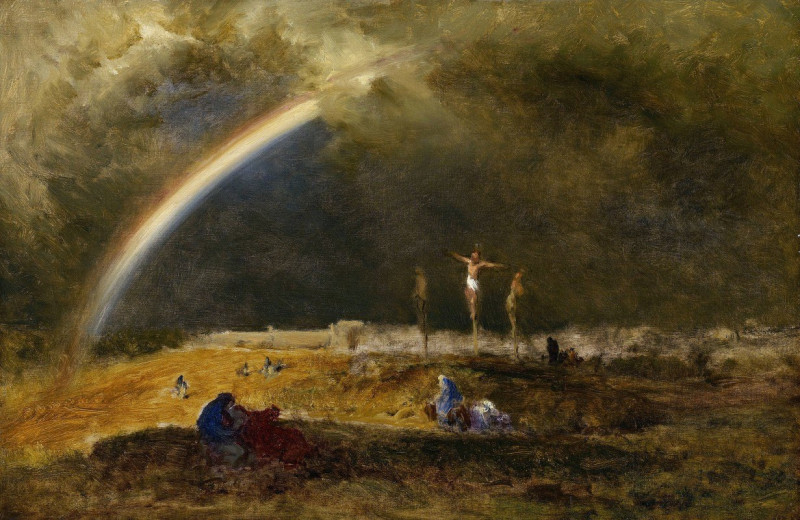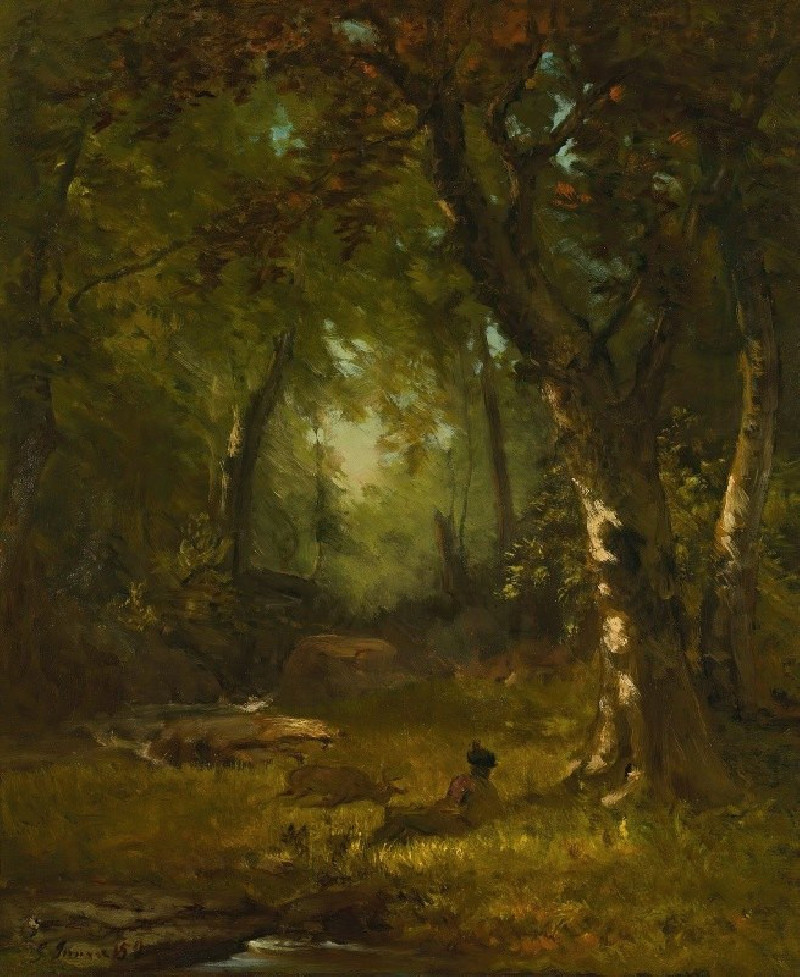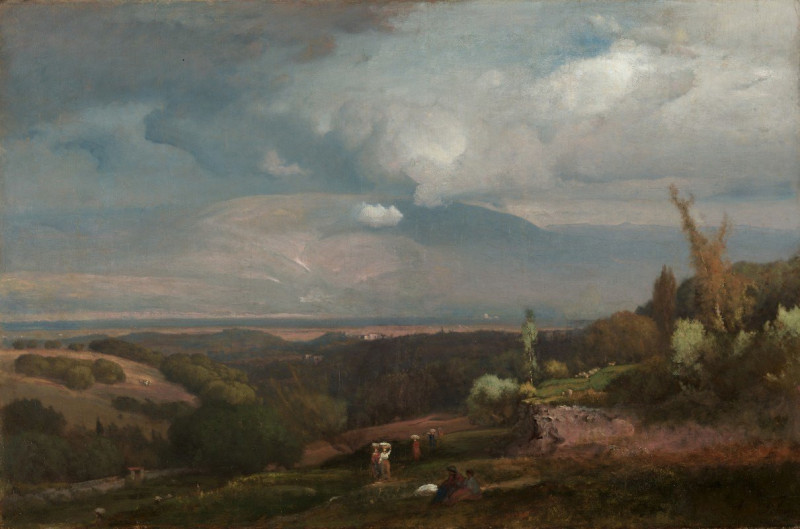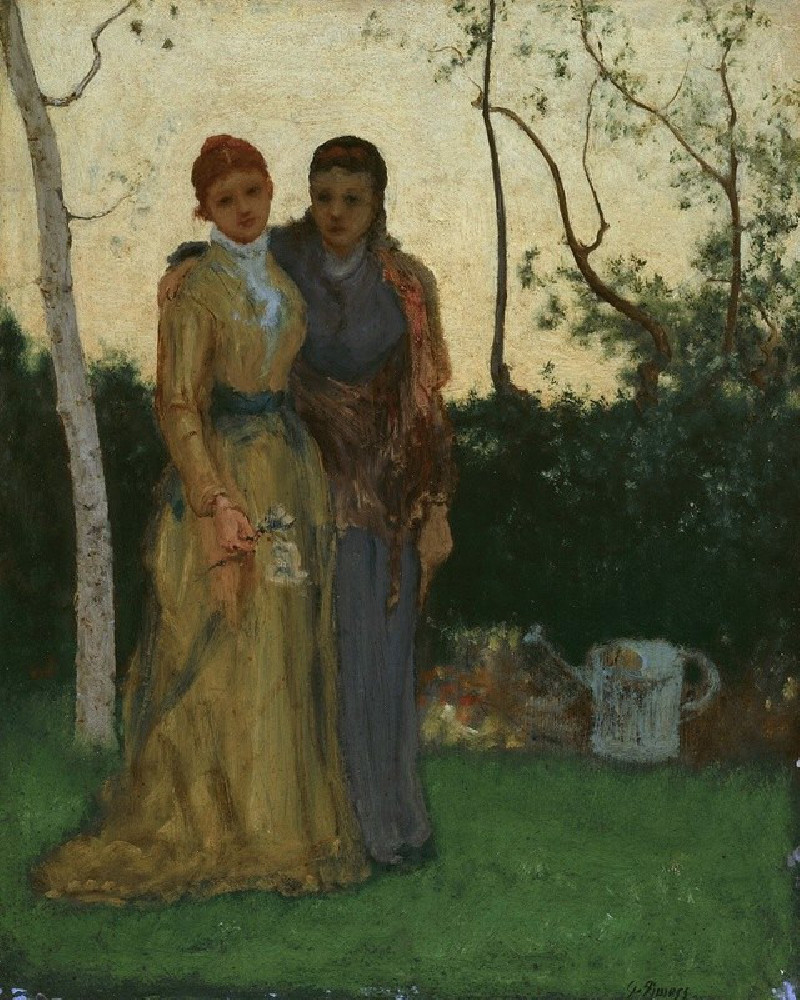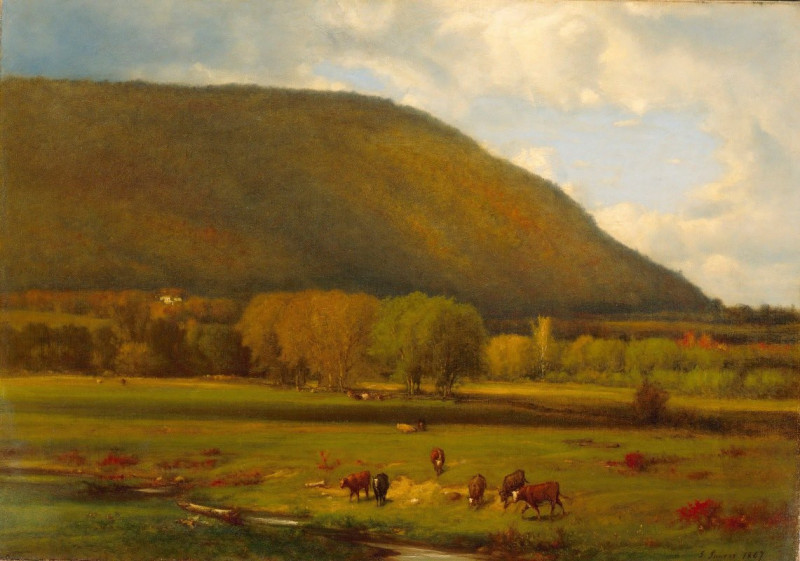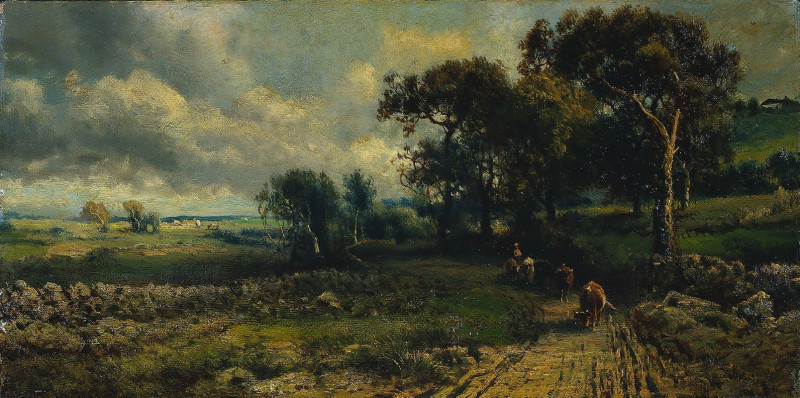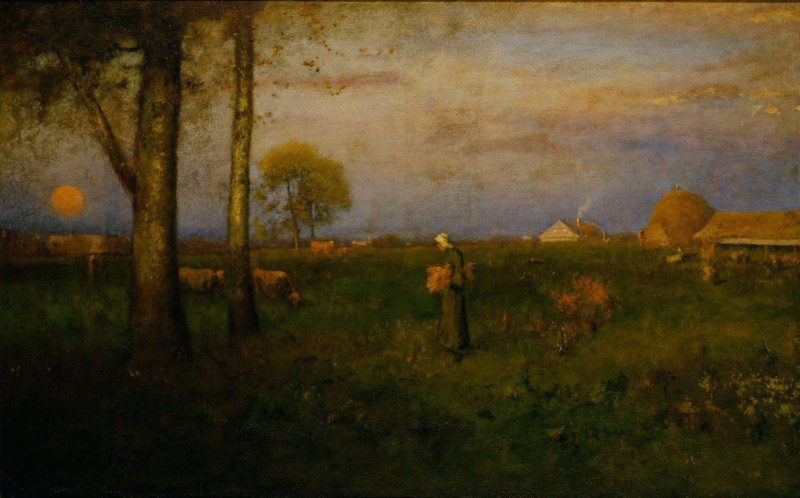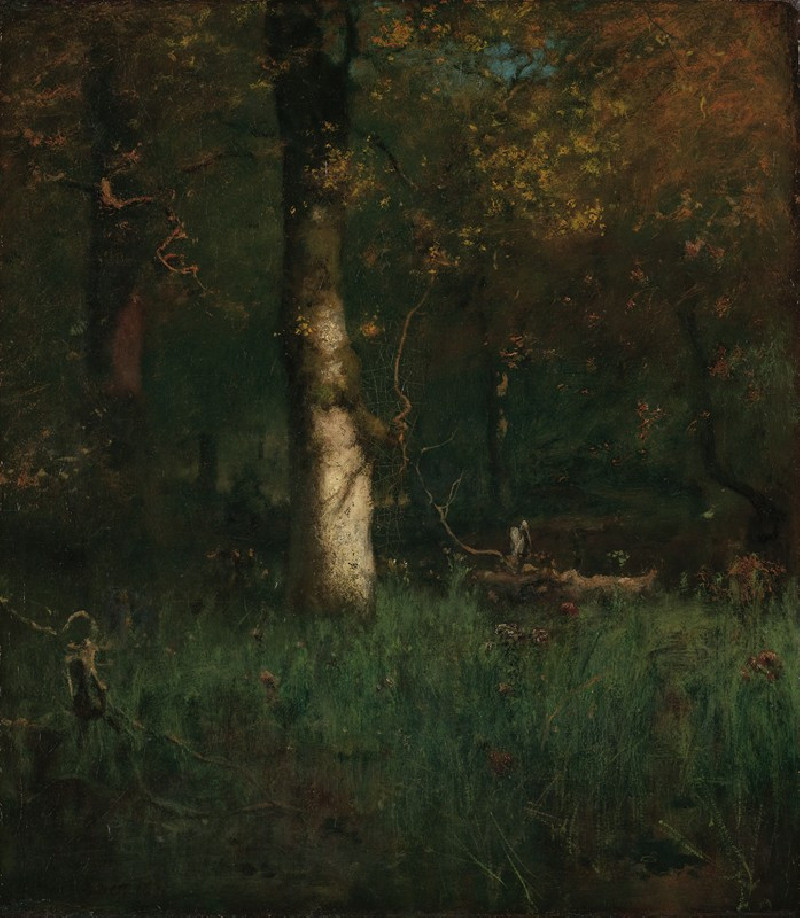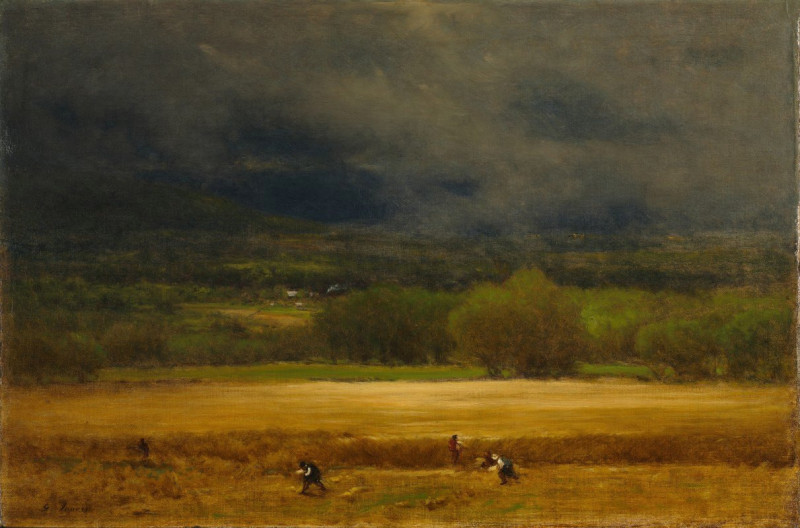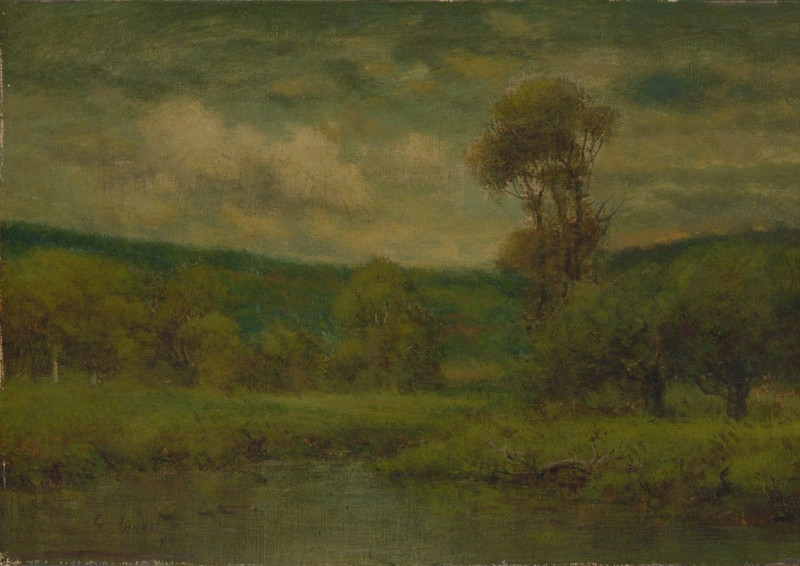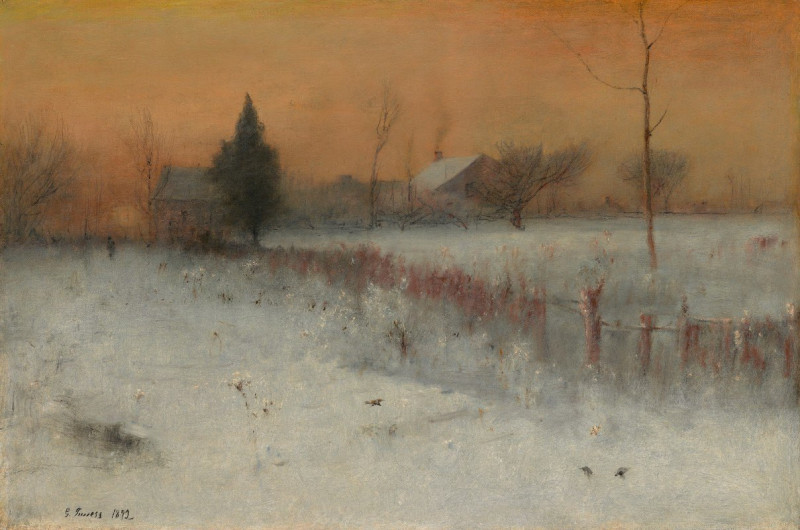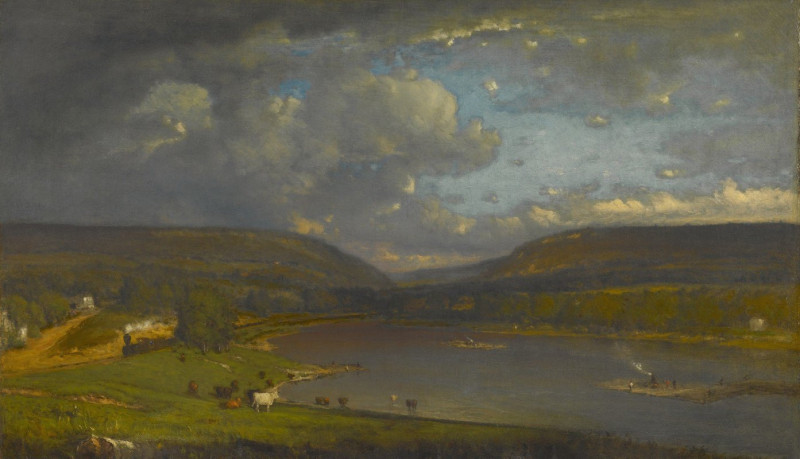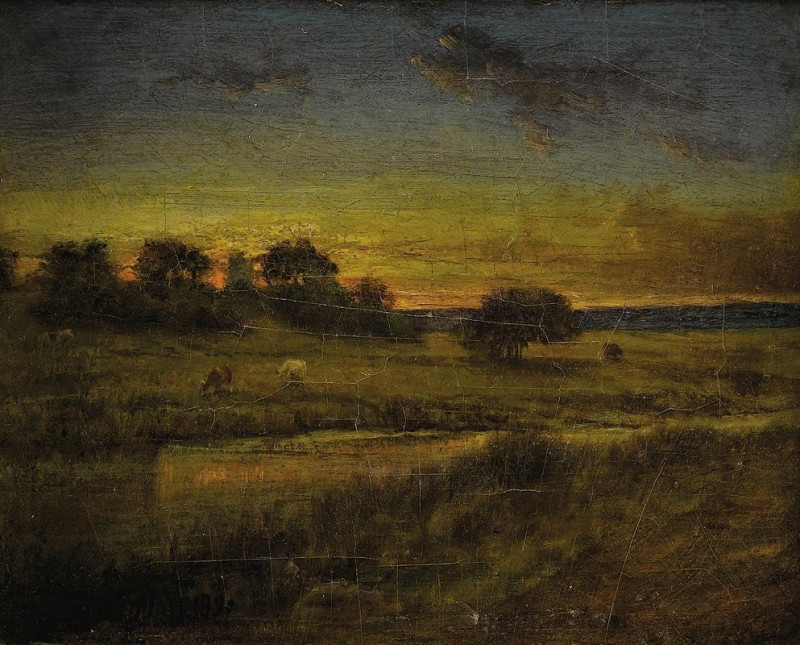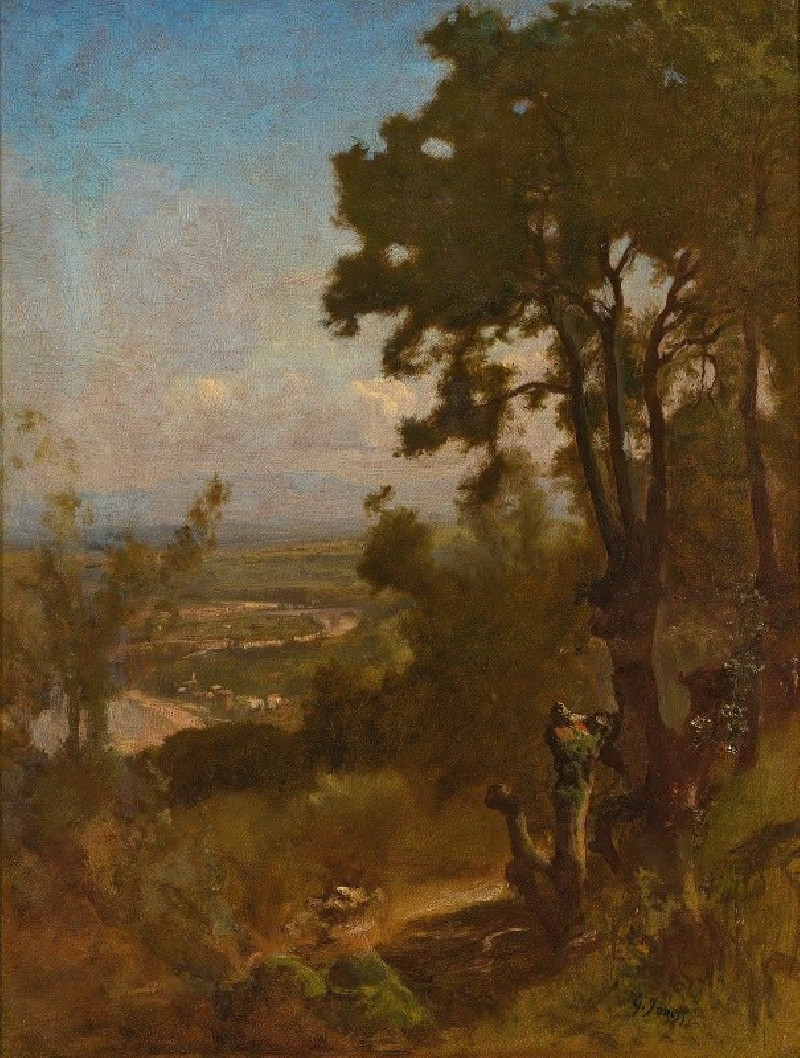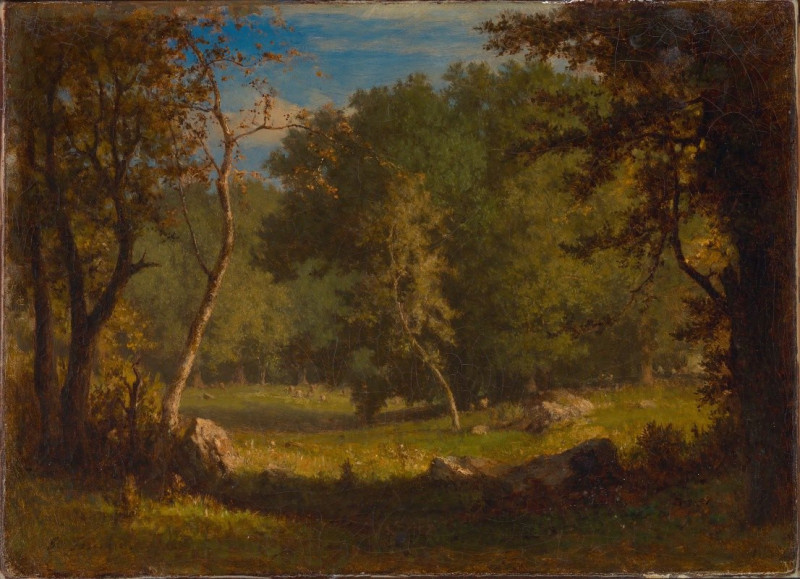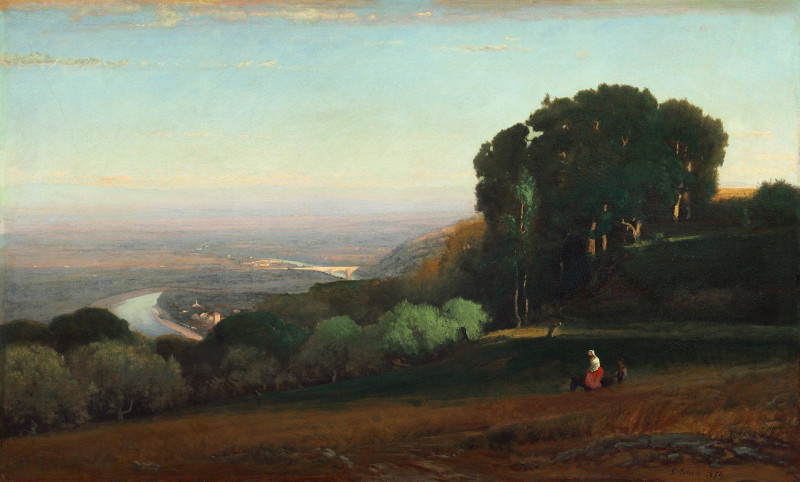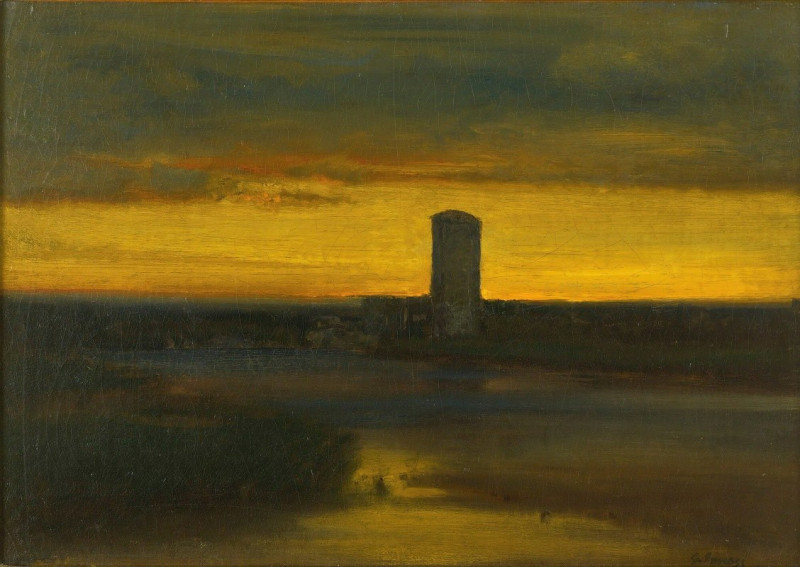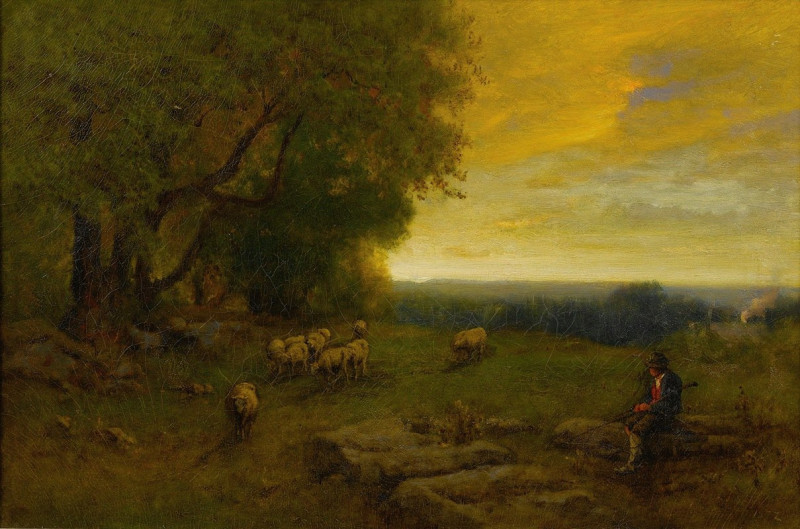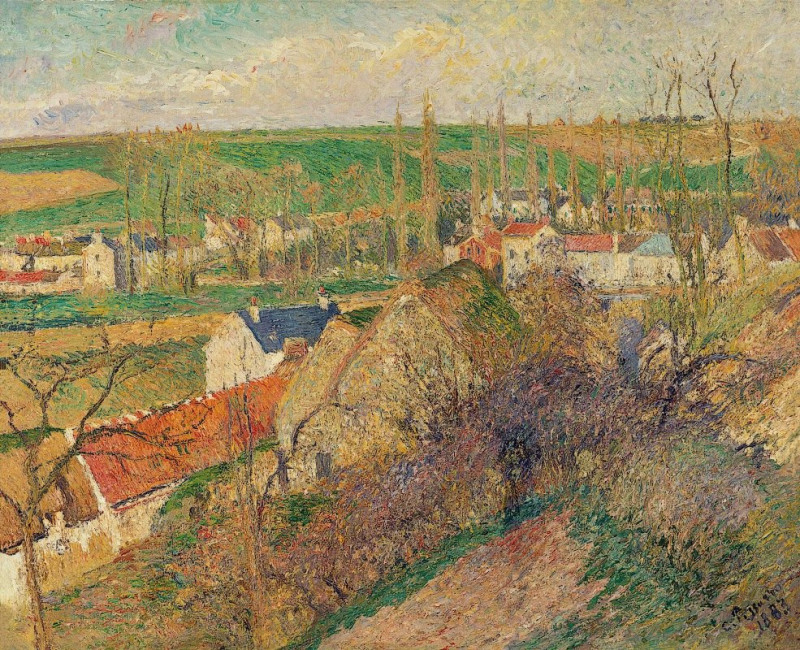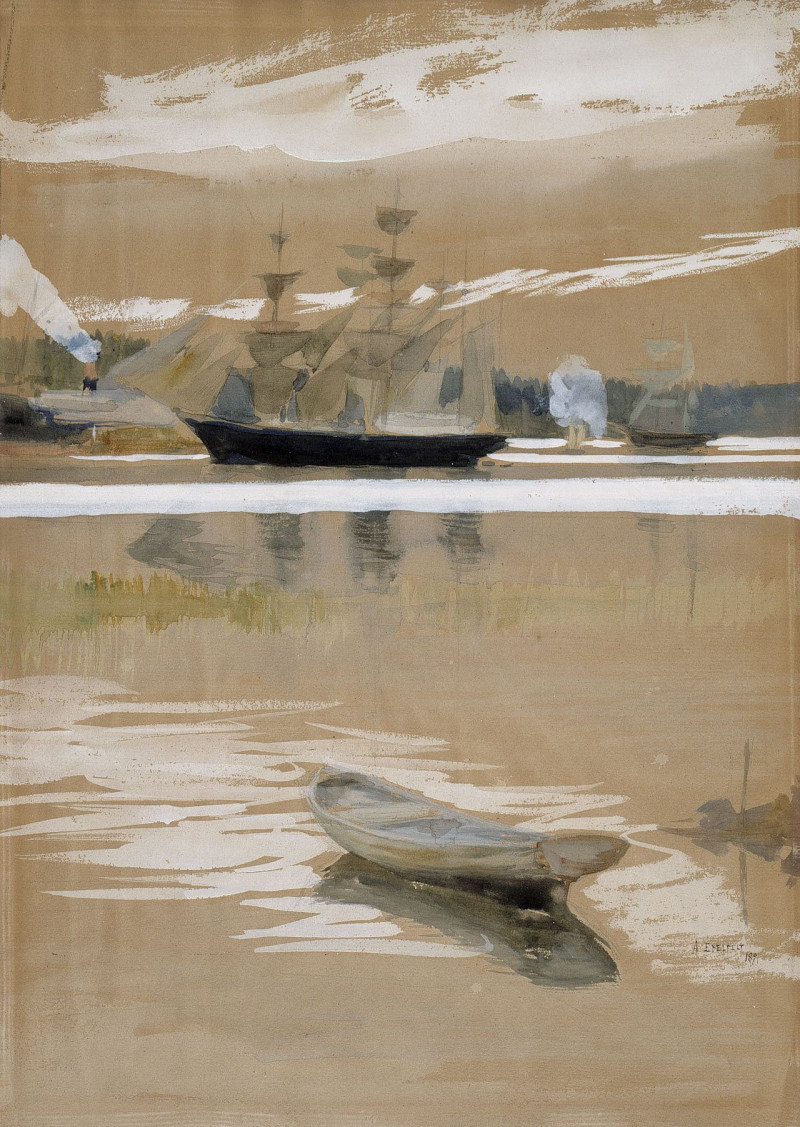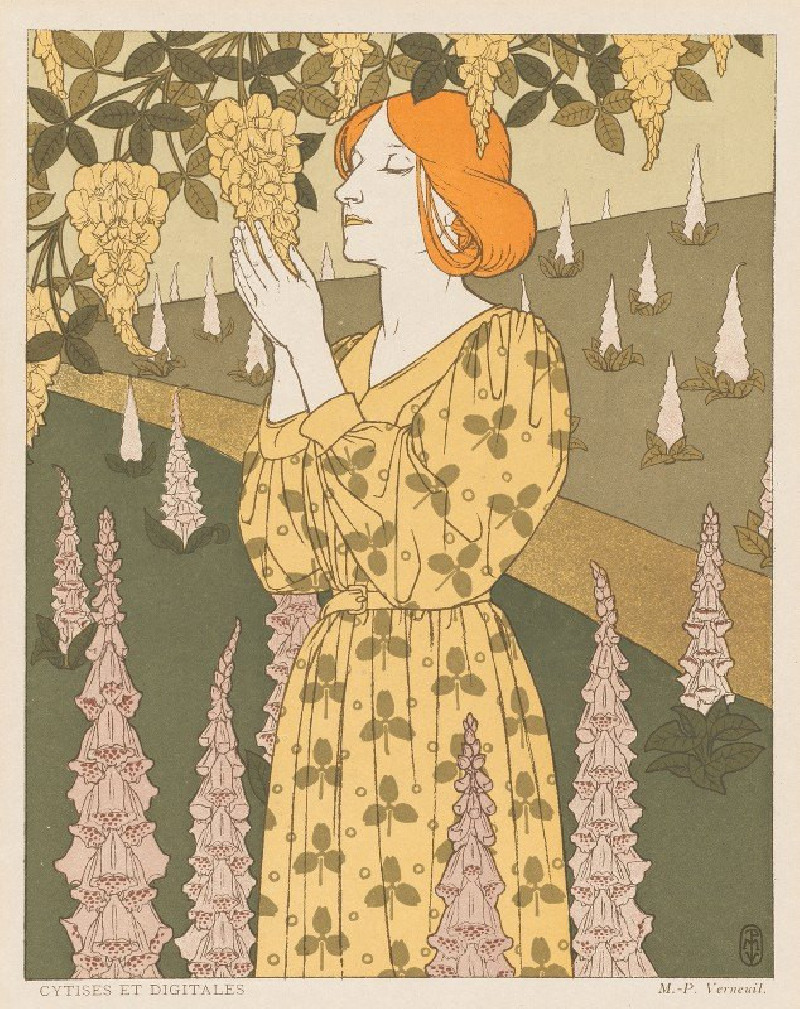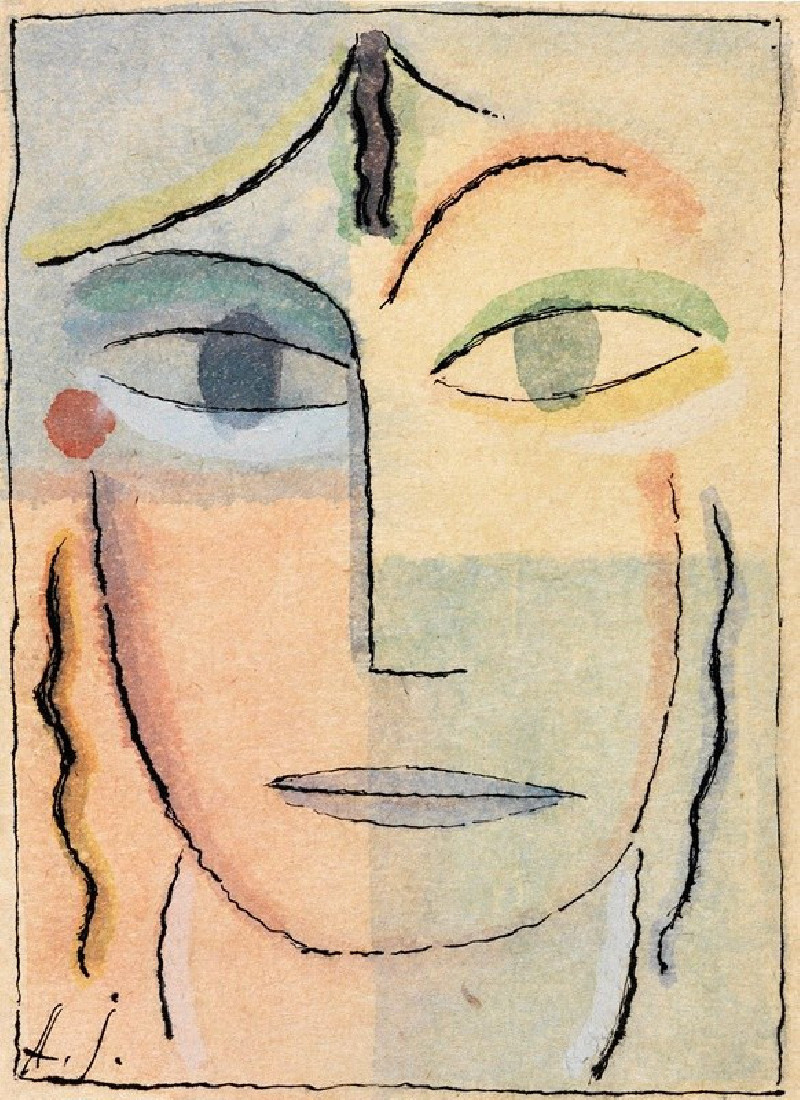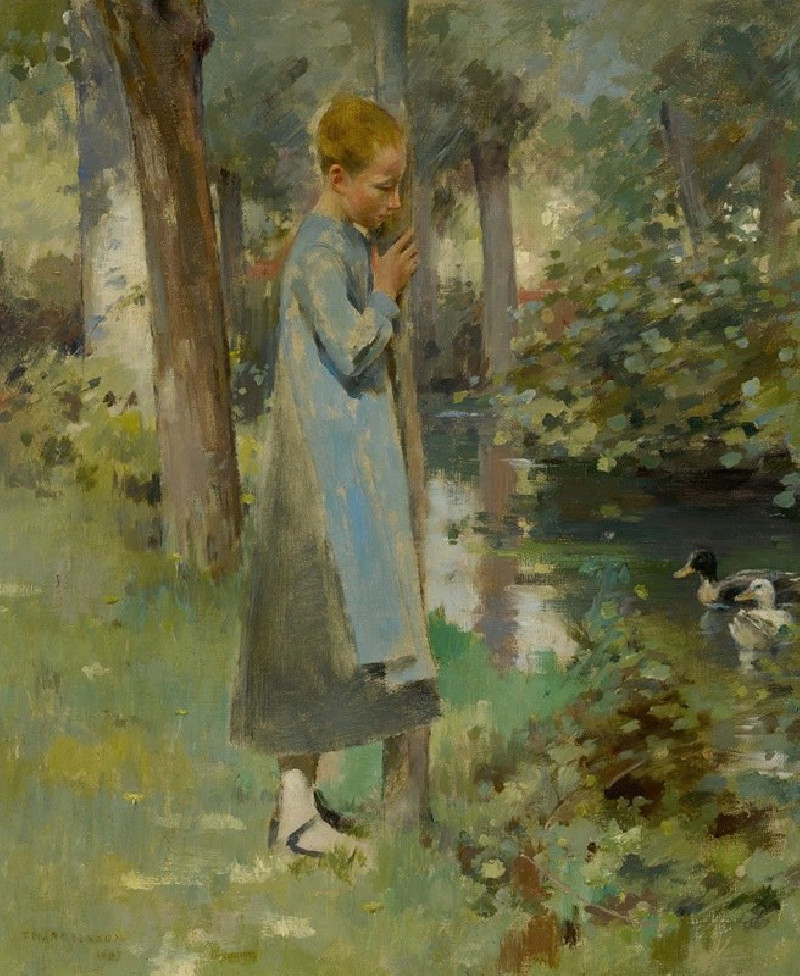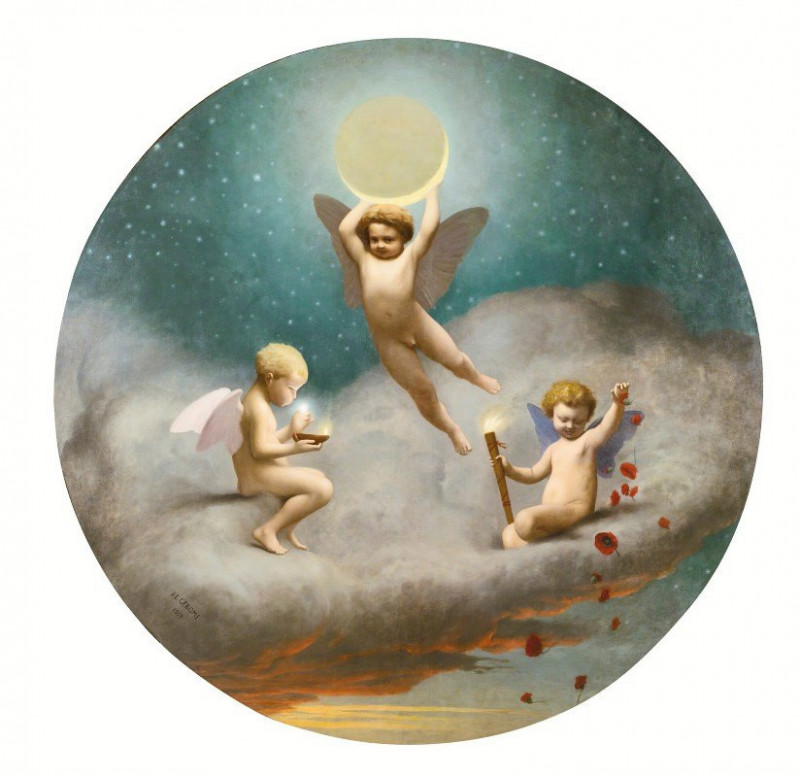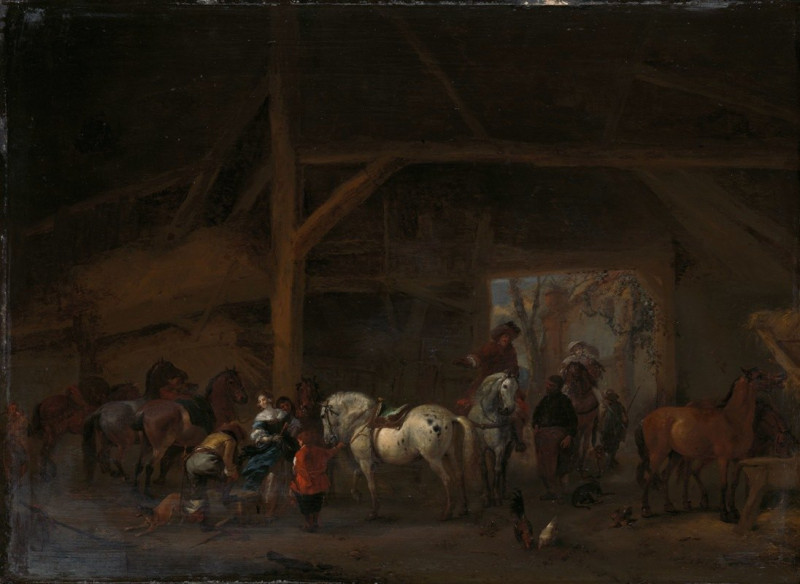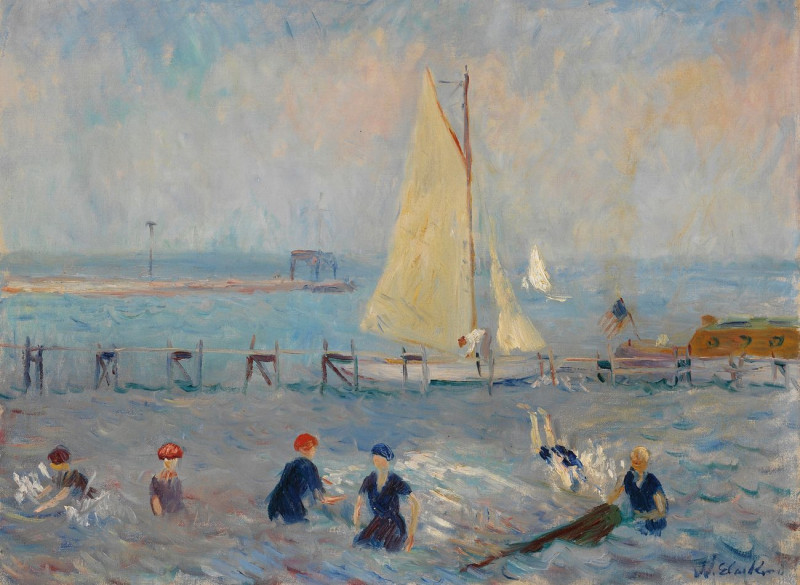Niagara (1889)
Technique: Giclée quality print
Recommended by our customers
More about this artwork
George Inness' 1889 masterpiece, "Niagara," captures the ethereal beauty of Niagara Falls in a manner that evokes a sense of tranquility and mysticism. Inness, known for his influence in the Tonalism movement, uses a subdued color palette to emphasize mood over detail. In this painting, the broad and powerful cascade of the falls is depicted with wide, sweeping brushstrokes that blur the lines between water and mist.The horizon is clouded with a smoky blend of mauve and gray, subtly merging sky with the tumultuous waters below. This atmospheric treatment not only conveys the immense power of the falls but also softens the landscape, lending a dreamlike quality to the scene. Contrasting with the vastness of the water, the foreground includes delicate brushwork hinting at vegetation and possibly small human figures near the edge, instilling the scene with a sense of scale and life.
Delivery
Returns
George Inness (May 1, 1825 – August 3, 1894) was a prominent American landscape painter.
Now recognized as one of the most influential American artists of the nineteenth century, Inness was influenced by the Hudson River School at the start of his career. He also studied the Old Masters, and artists of the Barbizon school during later trips to Europe. There he was introduced to the theology of Emanuel Swedenborg, which was significant for him; he expressed that spiritualism in the works of his maturity (1879–1894).

